10 Of Our Most Popular Articles About Student Engagement
From levels of student engagement to additive grading to remote teaching, here are 10 of our most popular articles about student engagement.
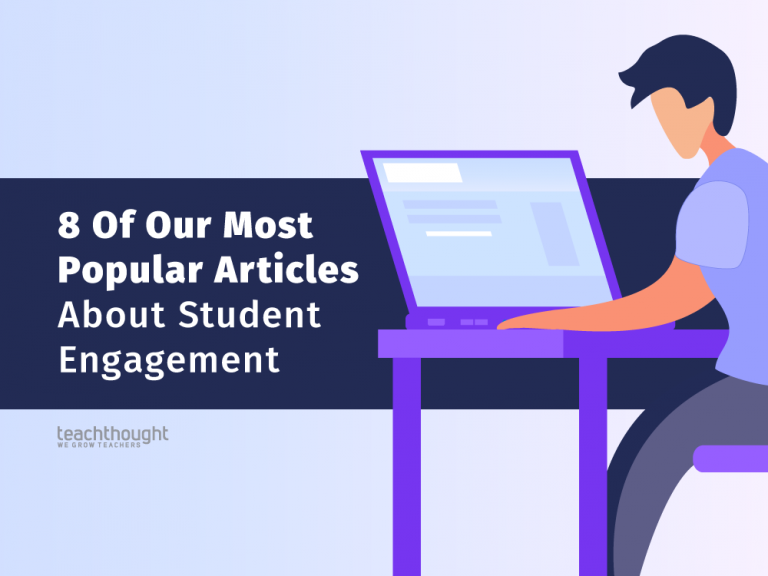
From levels of student engagement to additive grading to remote teaching, here are 10 of our most popular articles about student engagement.
‘Not knowing’ is clumsy, precise label for the starting point of learning. Teaching is, at least in part, establishing the need to know.
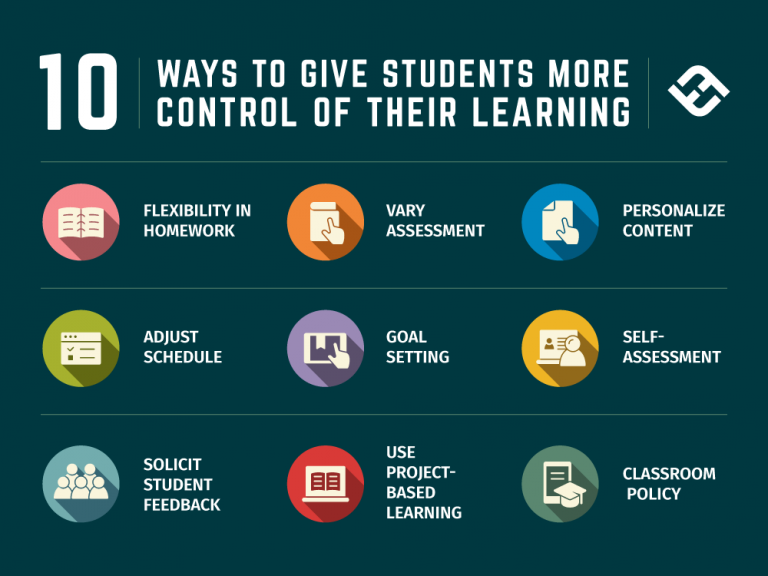
One way to give students more control of their education is to allow them to create their own schedule–and revise it as necessary.
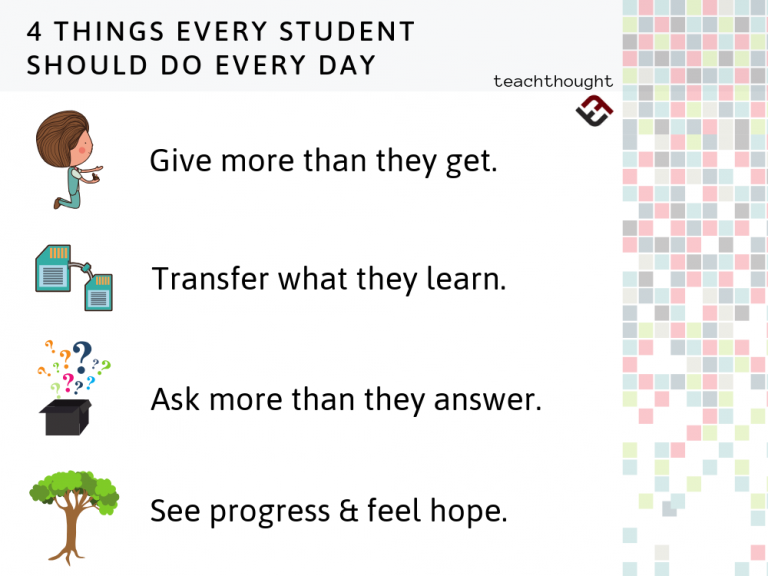
From asking questions to feeling a sense of progress, here’s a quick list of things that every student should do every day.
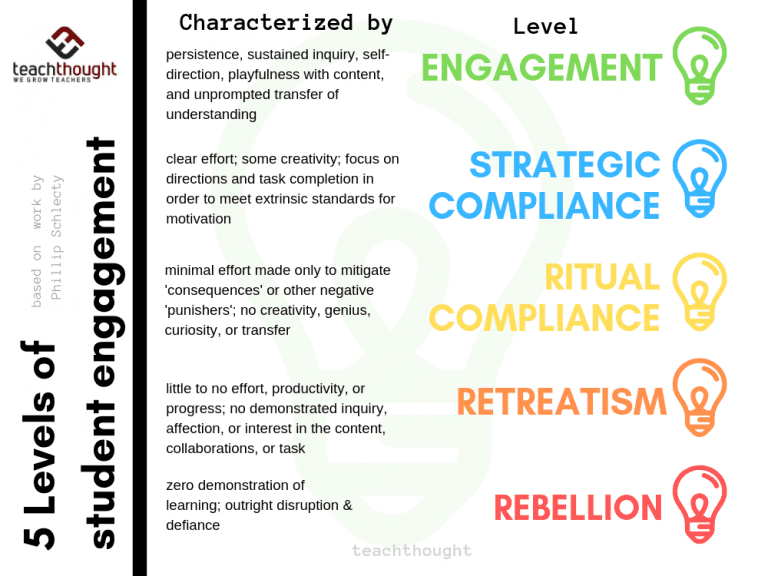
It was already clear that students want to ‘do well’ for different reasons but now I could see a fuller continuum of student engagement.
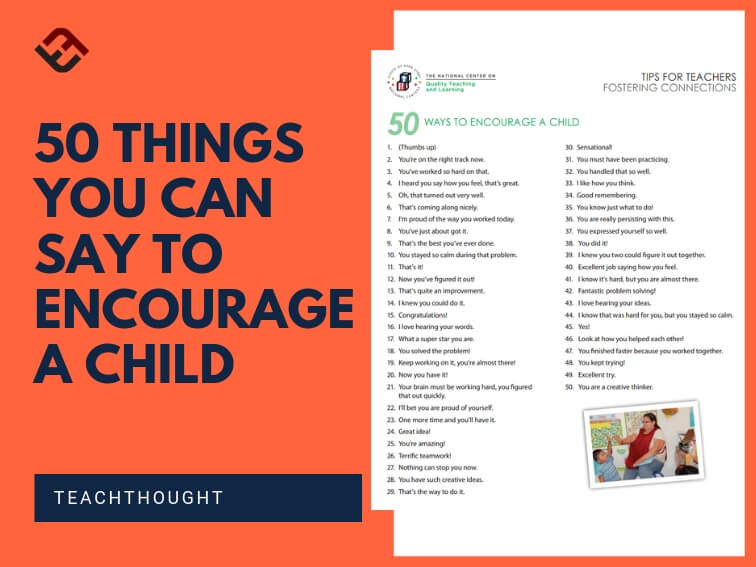
There are many ways to encourage a child but persistent, well-timed, positive messages are among the most powerful.
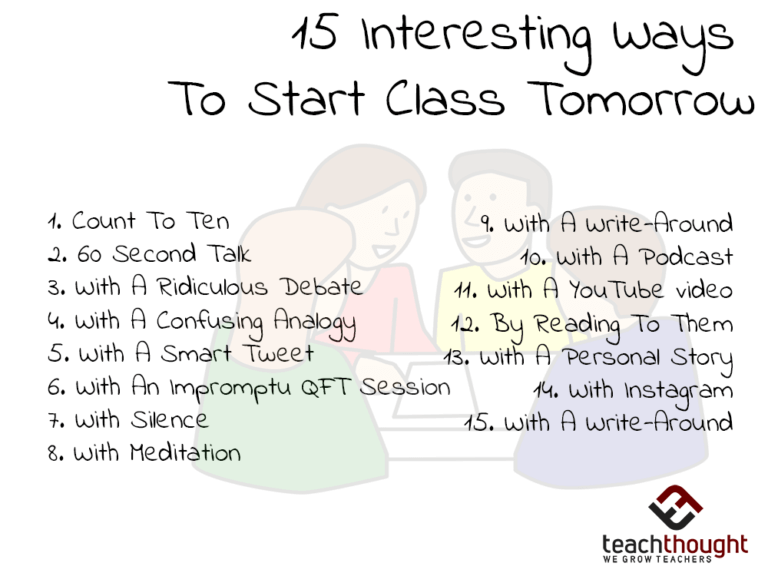
The best part of ‘Count to 10’ is that it gives students who may not be the ‘best’ at other things a chance to win. If less than 90% of your students are smiling the whole time, you’re doing it wrong.
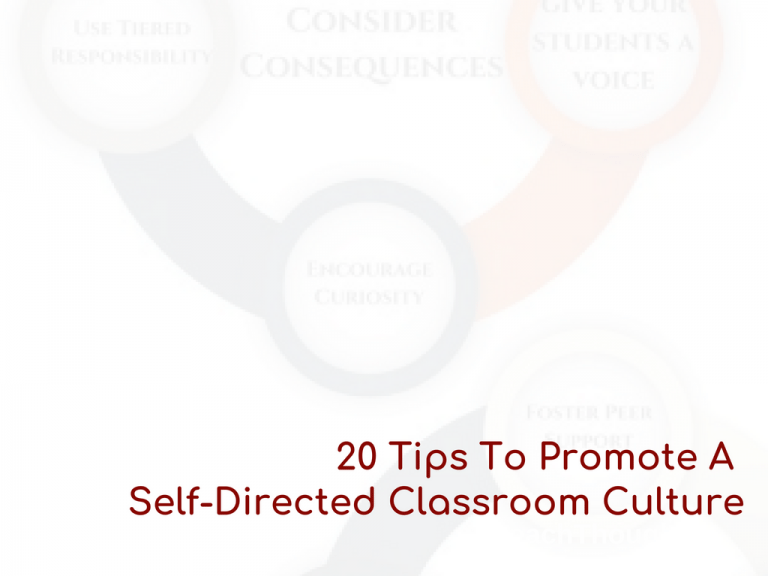
When a task feels overwhelming, the ‘I can,’ quickly falls apart. Teach students how to break down a big project into miniature steps.
While there are no magic bullets, certain principles & strategies can harness the intrinsic motivation that lies at the heart of each learner.
Football programs have an offense, a defense & special teams. Though they’re different, they are on the same team and are in the game to win.
5 Movement Strategies That Get Kids Thinking contributed by Kenny McKee Each day more research confirms the link between movement and learning. Brain researcher David Sousa claims that physical activity increases the amount of oxygen in our blood, and this oxygen is related to enhanced learning and memory. A Washington Post article suggests that many…
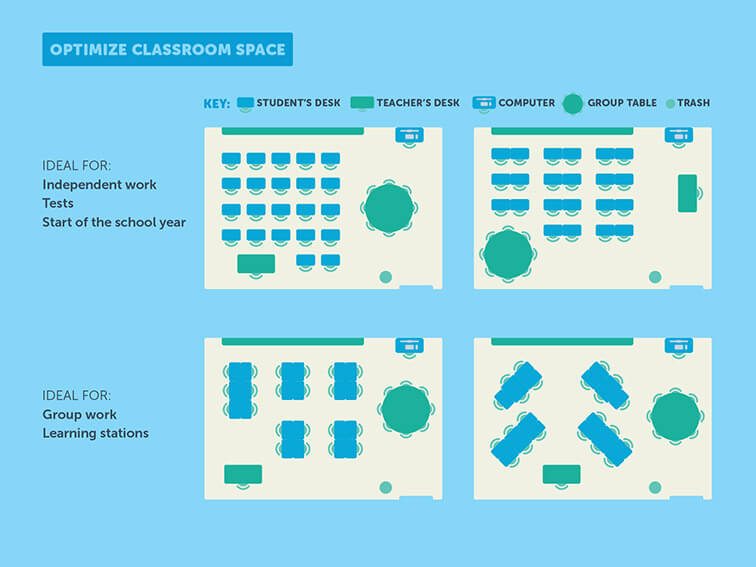
Classroom design impacts classroom management, curriculum needs, lesson and unit design, teacher personality, technology needs, etc.
End of content
End of content